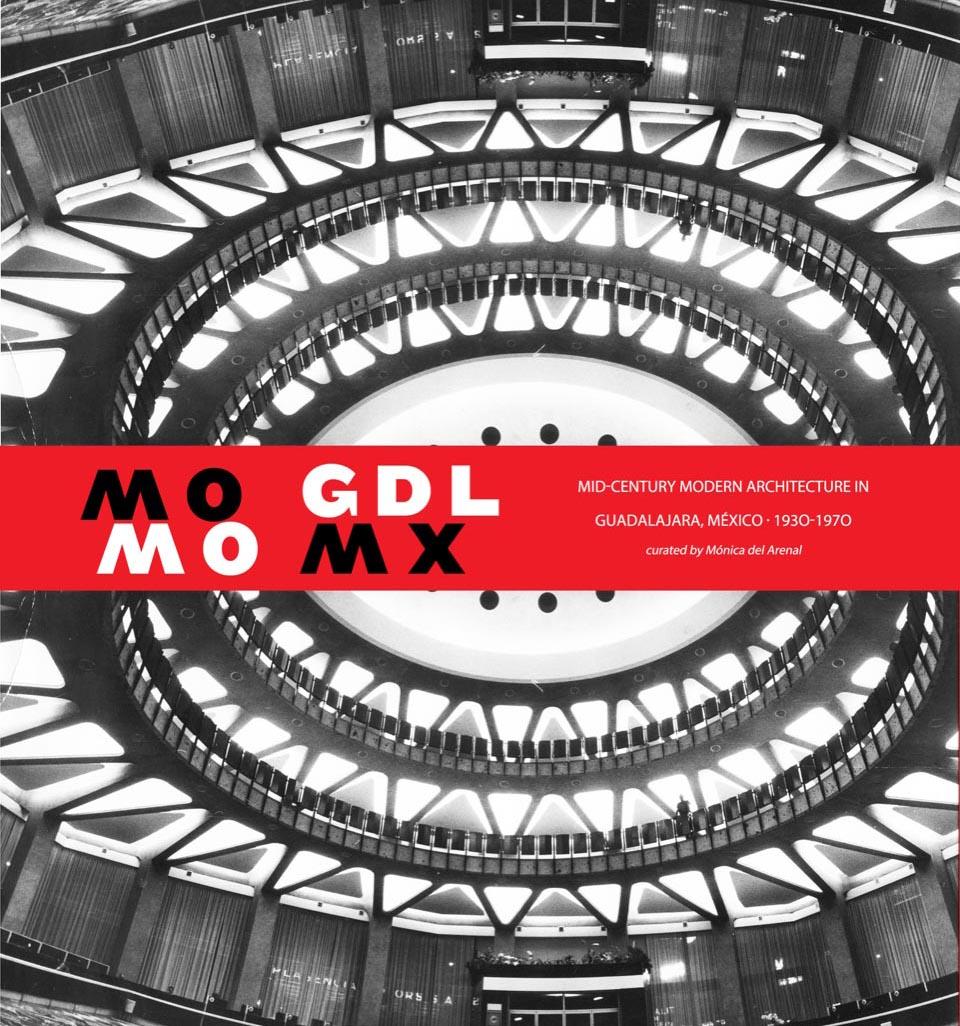Mid-Century Modern Architecture in Guadalajara, Mexico, 1930-1970

MID-CENTURY MODERN ARCHITECTURE IN GUADALAJARA, MEXICO (1930-1970)
Mebane Gallery
School of Architecture at the University of Texas at Austin
Wed September 5, 2018
5 PM
Austin, Texas
With Welcome and Introductions by:
Michelle Addington
Dean of the School of Architecture
The University of Texas at Austin
Benjamín Ibarra-Sevilla
Built Environment and Landscapes of Latin America Research Group
Exhibition Coordination
José Manuel Murillo Valencia
Economic and Cultural Affairs
General Consulate of Mexico in Austin,Texas
Rocío Fernández
Juan Carlos Name
Emeritus members
National Academy of Architecture- Chapter Guadalajara
Introductory Speakers:
Benjamín Ibarra-Sevilla
Built Environment and Landscapes of Latin America Research Group
Exhibition Coordination
Mónica del Arenal
Curator & Researcher
Fernando Luiz Lara
20th century Latin American architecture and urbanism seminars
Professor at the University of Texas at Austin
School of Architecture
Edward Burian
Professor at the University of Texas at San Antonio
Department of Architecture
Opening & Reception to follow
In collaboration with:
UT Austin School of Architecture
Consulate General of Mexico in Austin
Academia Nacional de Arquitectura- Capítulo Guadalajara
Albertina Proyectos Culturales
Exhibition Description:
Between 1930 and the early 1970s, Guadalajara produced some noteworthy examples of an austere architecture without stylistic pretentions and with an emphasis on the sense of space and functionality. The increasing use of reinforced concrete in construction replaced the traditional techniques of wood, adobe, and stone.
After a period of transition, with deliberately contrived features on the one hand, and spatial experimentation on the other (determined by the incorporation of steel in construction), a new architecture appeared that dared to change lifestyle paradigms. Thus, the Modern Movement in Guadalajara could be defined as the will of three generations of engineers and architects who changed the urban image of the city with the proposals derived from the new visions of architecture. The movements started in Europe in the first third of the 20th century, and its enforcers had the intuition to produce works of their time with international technology, local manufactures, and artistic expression.
The arrival of modernity in Guadalajara meant the destruction of a viceregal heritage and of the Porfiriato that the city still regrets: the final urban proposals of 1940 considered it appropriate to plan according to the automobile, and produced large developments not considered built heritage. What did the city gain and what did it lose? Both the devastation in the historic center, and the innovation in the western end reconfigured the urban landscape, creating a different environment and dynamics. Some structures did not overcome the tough test of time and many others – new pieces in the framework - reflected constructive, aesthetic, and functional contributions that today are worthy of study and protection. 'The Modern Movement in Guadalajara' documents modern architecture in the city and outlines why it is important to learn about its history. The central objective of this selection is to value the work of its creators, the school and its teachers, the artists and artisans who collaborated in its construction, and the customers and users who accepted new models of life, and above all, to spread word of the fragile modern heritage of Guadalajara.

